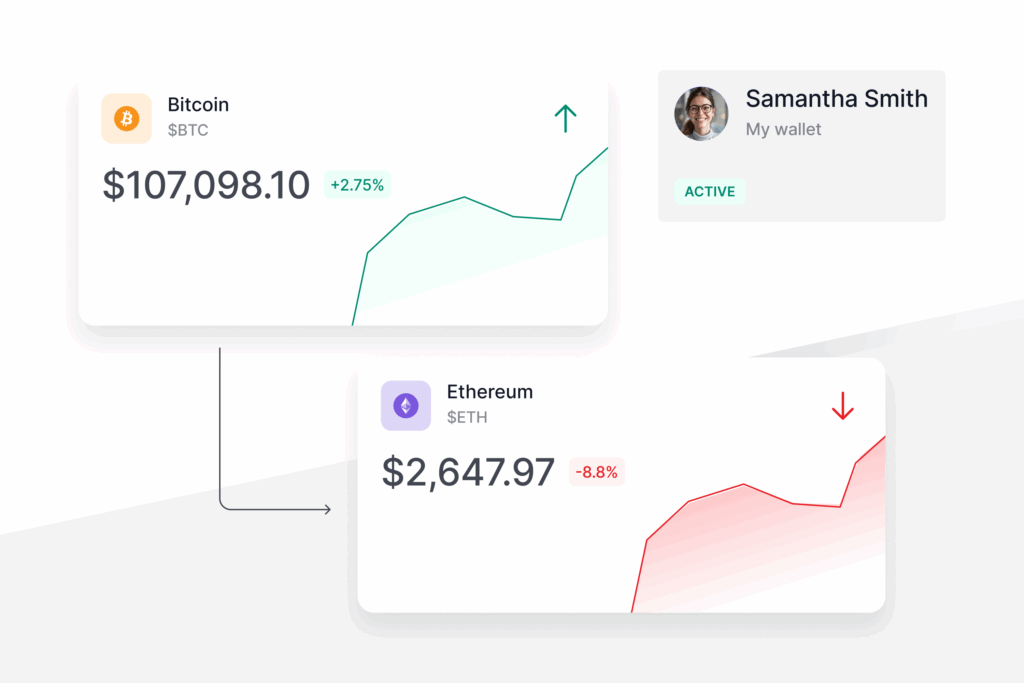
FEATURED ARTICLE
Tax Planning for Realized Gains and Ordinary Income
Tax planning strategies for realized gains and ordinary income

Tax planning strategies for realized gains and ordinary income


Private Placement Life Insurance (PPLI) is a form of relatively low-fee permanent life insurance. PPLI policyholders are able to invest in a wide variety of investments, including alternatives like hedge funds, private credit, and real estate. The investment returns inside a PPLI policy are not subject to income tax during the insured’s lifetime, which makes it particularly attractive for holding income-tax-inefficient investments. Upon the insured’s death, the cash proceeds pass to the insured’s beneficiaries free of income tax. When paired with an irrevocable life insurance trust, PPLI can also be highly estate tax efficient.
The purpose of this article is to provide an overview of PPLI so that you understand what it is, how it works, and whether it might be a good fit for you.
When most people think of insurance, they think of a death benefit. A death benefit is a lump sum that’s paid to an insured’s beneficiaries (typically a spouse and children) upon the insured’s death. The insured pays regular (often annual) premiums to the life insurance company, and in return the life insurance company agrees to pay out a death benefit in the event that the insured dies while the policy is in force.
But some insurance policies have a second feature: a cash value component. This is an amount that is invested inside an insurance policy. These investments are tax-advantaged because life insurance policies (including the investments they contain) are not subject to income tax. Traditionally, when policies included a cash value component, that cash value was invested conservatively, often in a mix of stocks and bonds.
PPLI has both a death benefit and a cash value component. But what makes it unique is that it allows people to invest in a broad array of investments, everything from stocks and bonds to hedge funds and private credit. Investment firms like Millennium Management and Golub Capital offer dedicated funds for PPLI investors. In fact, some investments are only available to PPLI investors. Because investments inside the life insurance wrapper are not subject to income tax, it’s possible to use PPLI to invest in assets that throw off a lot of ordinary income without having to pay the 37%-50% tax rates that individuals would have to pay on those investment returns. This is, obviously, highly attractive. Many high-net-worth people view PPLI as a type of tax-advantaged investment vehicle that comes with a death benefit attached.
The biggest benefit of PPLI (and life insurance generally) is that it avoids ordinary income tax and capital gains tax on the investments inside the policy. It’s hard to overstate how significant this benefit is. Depending on which jurisdiction someone lives in, and whether a particular investment generates ordinary income or capital gains, the ability to avoid income tax can increase after-tax returns by more than 50%.
For example, imagine that Molly lives in California. Her federal marginal income tax rate is 37% and her state marginal income tax rate is 13.3%. She invests in a private credit fund that generates an IRR of 11% per year. She’s pretty happy with her after-tax returns, which average about 5.5% per year since the interest income from the private credit fund is taxed at ordinary rates. That 5.5% is enough to keep up with inflation and then some. But if Molly had invested through a PPLI policy instead, her after-tax returns would be 11%. Even after accounting for the fees associated with PPLI (which we will get to below), at the end of 20 years Molly will end up with 2.5x as much money if she invests through PPLI instead of investing individually.
Like traditional life insurance, PPLI can be put into an irrevocable life insurance trust. In fact, it is safe to say that PPLI is almost always owned through irrevocable life insurance trusts. The reason is that by putting these policies in these specially designed trusts, the insurance proceeds avoid estate tax when the insured person dies. PPLI policies are typically funded with between $1 million and $10 million of premiums, and sometimes much more than that. If the investments inside a PPLI policy are generating 10% annual returns and those returns are not subject to income tax, then by the end of the insured’s life, it’s possible that a policy will be worth tens of millions of dollars. Being able to avoid the 40% federal estate tax (plus state estate taxes) is powerful.
Because PPLI policies tend to be quite large, and because the investment options include sophisticated alternative investment strategies like private equity and hedge funds, investors must meet certain “accredited investor” and/or “qualified purchaser” requirements. That typically means (1) having a net worth exceeding $1 million, either individually or jointly with a spouse, excluding the value of a primary residence, or (2) earning an income exceeding $200,000 in each of the last two years (or $300,000 jointly with a spouse), with the expectation of earning the same or higher income in the current year. In addition, as with most types of life insurance, the insurance carrier will typically require the insured to get a physical to verify his or her current physical health and “insurability.”
Unlike term insurance, where premiums tend to be spread out over the life of the policy, PPLI premiums tend to be front loaded over the first four to ten years. The premiums also tend to be quite large, since it’s how both the death benefit and cash value are funded. Typically you’ll need to contribute at least $1 million in premiums over the first few years of the policy, but it’s common to contribute a total of $3 million or more. Ultra-high-net-worth people will often acquire policies with $10 million or more of required premiums. In general, larger premiums will translate into larger tax savings over time.
PPLI fees come in two forms: annual AUM fees and upfront premium fees. The annual fees range from 0.50% of assets under management to 0.70% of assets under management. The premium contribution fees are often 2.00%-3.00% of the premium amounts. The larger the value of the assets in the policy, the lower the expense ratio. In exchange for paying these costs, you can avoid income and capital gains tax on the policy’s investments and get a death benefit.
In general, PPLI fees are lower than the fees associated with other forms of life insurance. That’s because the insurance component (the death benefit) is kept relatively small, while the cash value component is designed to be as large as possible.
Historically, investors avoided life insurance in part because of the investment constraints. PPLI solves this limitation of traditional life insurance policies. Unlike traditional variable universal life insurance policies, which invest in a fixed portfolio of stocks and bonds, PPLI allows investors (subject to the Investor Control Doctrine described below) to choose from a wide range of investment options. This can include alternative investments, such as private equity, real estate, and hedge funds.
However, the policy’s investments must be adequately diversified, which means the policy must contain at least five different investments and those five must be distributed accordingly:
The Investor Control Doctrine is a set of rules that applies to life insurance in general. The basic idea is that the investor can select a company or individual to manage investments in the insurance policy, but the investor can’t dictate the specific investments that are made. In recent years, it’s become common for financial advisors to set up separately managed accounts to handle insurance investments. The client is then walled off from making investment decisions with respect to this account or communicating with the financial advisor about how he or she would like to see the funds in that account invested.
Because Private Placement Life Insurance is a life insurance policy, the policy’s cash value is generally protected from creditors and lawsuits. Moreover, because PPLI is usually owned by an irrevocable life insurance trust, it benefits from the creditor protections that irrevocable trusts provide. This creditor protection can give peace of mind to high-net-worth individuals who want to protect their wealth from potential legal challenges.
If the insured needs liquidity, he or she can generally access funds in the policy in one of two ways. First, individuals can withdraw amounts up to the premiums contributed to the policy, less any fees paid. Second, the cash value, which is generally about 85% of the PPLI’s account value, can be borrowed at a relatively low interest rate. Though such withdrawals and loans generally don’t have any adverse income-tax consequences, they reduce the future income-tax and estate-tax benefits that PPLI offers by shifting value out of the tax-advantaged PPLI structure. These strategies do, however, provide a backdoor in case the insured needs liquidity and has no other way of getting it.
PPLI is a financial product that combines the tax benefits of life insurance with the investment flexibility of a private placement. Contact Valur if you have any questions about PPLI.
We’ve built a platform that makes advanced tax planning – once reserved for ultra-high-net-worth individuals – accessible to everyone. With Valur, you can reduce your taxes by six figures or more, at less than half the cost of traditional providers.
From selecting the right strategy to handling setup, administration, and ongoing optimization, we take care of the hard work so you don’t have to. The results speak for themselves: our customers have generated over $3 billion in additional wealth through our platform.
Want to see what Valur can do for you or your clients? Explore our Learning Center, use our online calculators to estimate your potential savings or schedule a time to chat with us today!